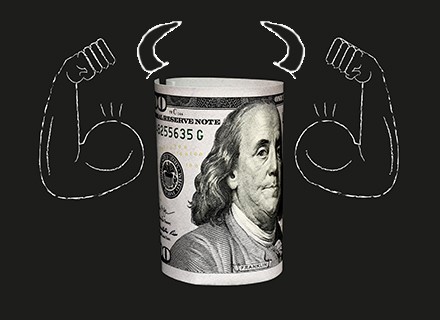So, is the US dollar a problem right now? Since it gives exporters from Europe and Asia an advantage over local producers in the more influential American market, its strength theoretically serves as a solution to unbalanced global growth.
A strong dollar makes things worse in real life. Because countries and businesses outside America’s borders borrow in dollars, it restricts global credit. Therefore, when the US dollar value increases, it costs more to settle debts with money earned in local currencies.
For many emerging-market economies, the higher cost of borrowing dollars outweighs the increase in exports they experience due to a depreciating currency.
According to banker Steve Englander of Standard Chartered, strengthening the US dollar may not even benefit wealthy countries. Energy shortages in Europe restrict exporters’ ability to compete. Thus, they cannot fully benefit from a favourable exchange rate.
Can the US dollar ever go weaker? For that, three requirements must be satisfied. First, the disparity in global growth must come to an end. A hard landing won’t work in America. A global downturn that co-occurred would only lead to a rush for the protection of the dollar (although the beleaguered yen might finally get a bid). What is required are better development prospects outside of America.
The second requirement is a quick release of pressure on prices and wages in America. This would enable the Fed to loosen up on the monetary brake, removing some support for the US dollar’s yield.
The third prerequisite, connected to the previous two, is that there must be positive news regarding international energy. Without it, it isn’t easy to imagine Europe catching up to America in terms of growth.
None of these requirements is expected to be fulfilled any time soon. So the dollar will continue to be strong until it is, but only because the yen, euro, and other currencies are so weak.
The US dollar is sometimes compared to things like “the cleanest shirt in the hamper,” “the least unattractive mug in a beauty pageant,” and “the one-eyed man in the realm of the blind.”
Unfortunately, nobody adores the US dollar; they all seem to despise the alternatives. And it’s only getting worse. The dollar index (DXY) compares the dollar to six crucial currencies and is at a 20-year high. Sterling, the euro, and the yen are three of the dirty dozen.
Every new upward leap raises some significant concerns. What is it driven by, first? The current increase is primarily the result of monetary policy variations. The Federal Reserve grew more motivated to combat inflation at the beginning of the year.
Since then, there have been numerous interest rate rises, and more are anticipated. This has made the dollar a high-yielding currency. High-interest rates attract cash worldwide, which has driven the dollar up.
In addition, the US dollar offers safety in trying times. Investors who are afraid usually reach for the currency. Further, heavy energy importers, like Europe, suffer from high oil and gas costs, while energy exporters, like the United States, benefit. As a result, the few currencies that have outperformed or kept pace with the dollar this year are typically those of nations that export energy.
In summary, the dollar is widely accepted because America has established itself as a dependable engine of economic growth. This is especially true right now. The recession in Europe is getting closer. According to the carefully monitored purchasing managers index, August saw a decline in the eurozone’s economy.
Less obvious is the fact that Asia is likewise fading. The latest concern for China’s economy, whose vigour has been drained by a property hangover and the nation’s zero-covid policy, is sluggish export growth.
Asia is aware of China’s fragility. In July, industrial output in South Korea, Taiwan, and Japan all declined precipitously. Orders for export have been refused. Costly energy hasn’t helped. These nations’ currencies have lost strength when compared to the dollar.
The authorities in Japan, where the central bank has maintained its ultra-low interest rates, have made suggestions that they may act to stop the yen’s decline. In China, efforts to support the yuan have been redoubled.

